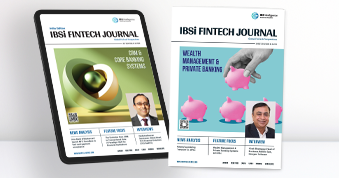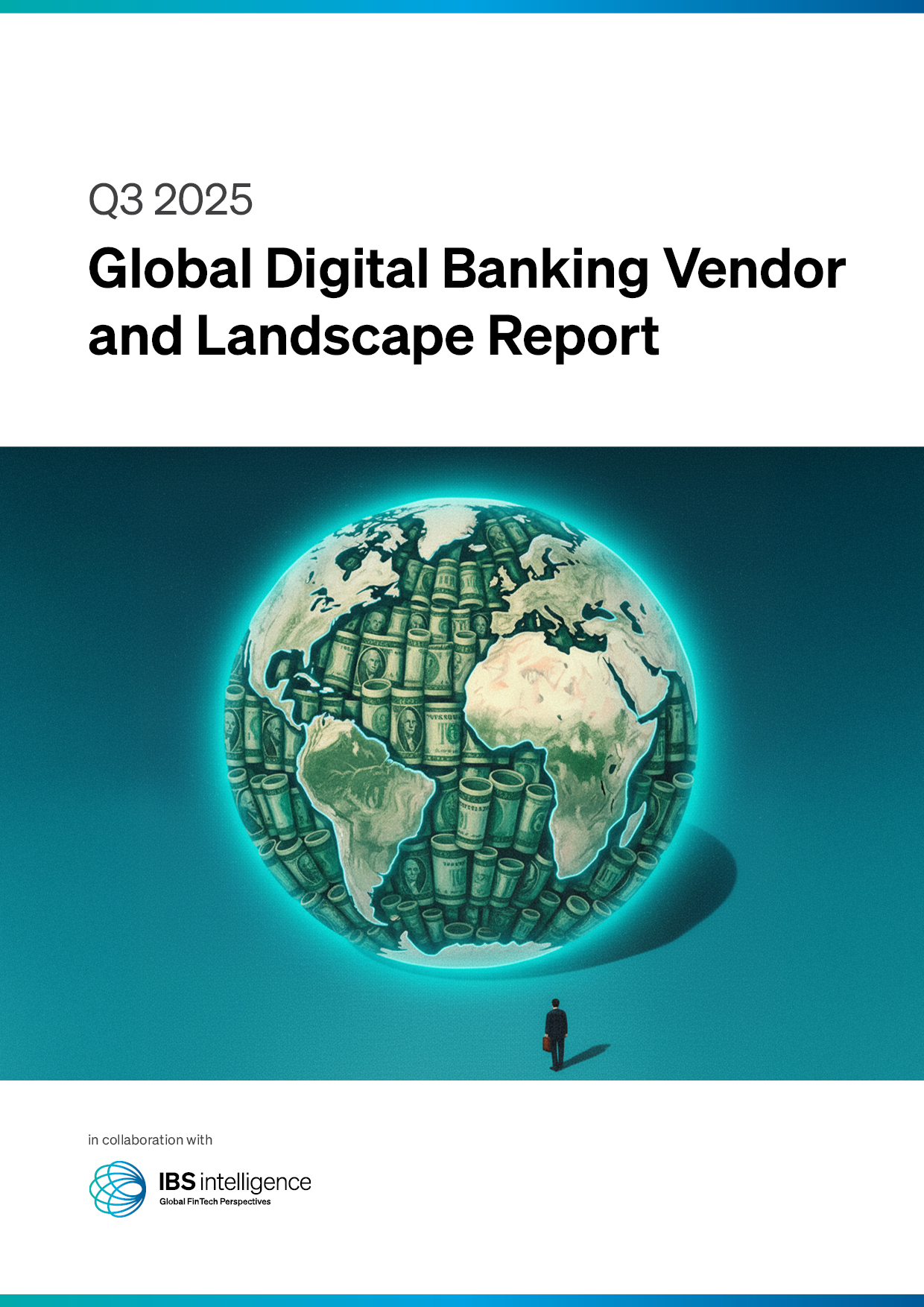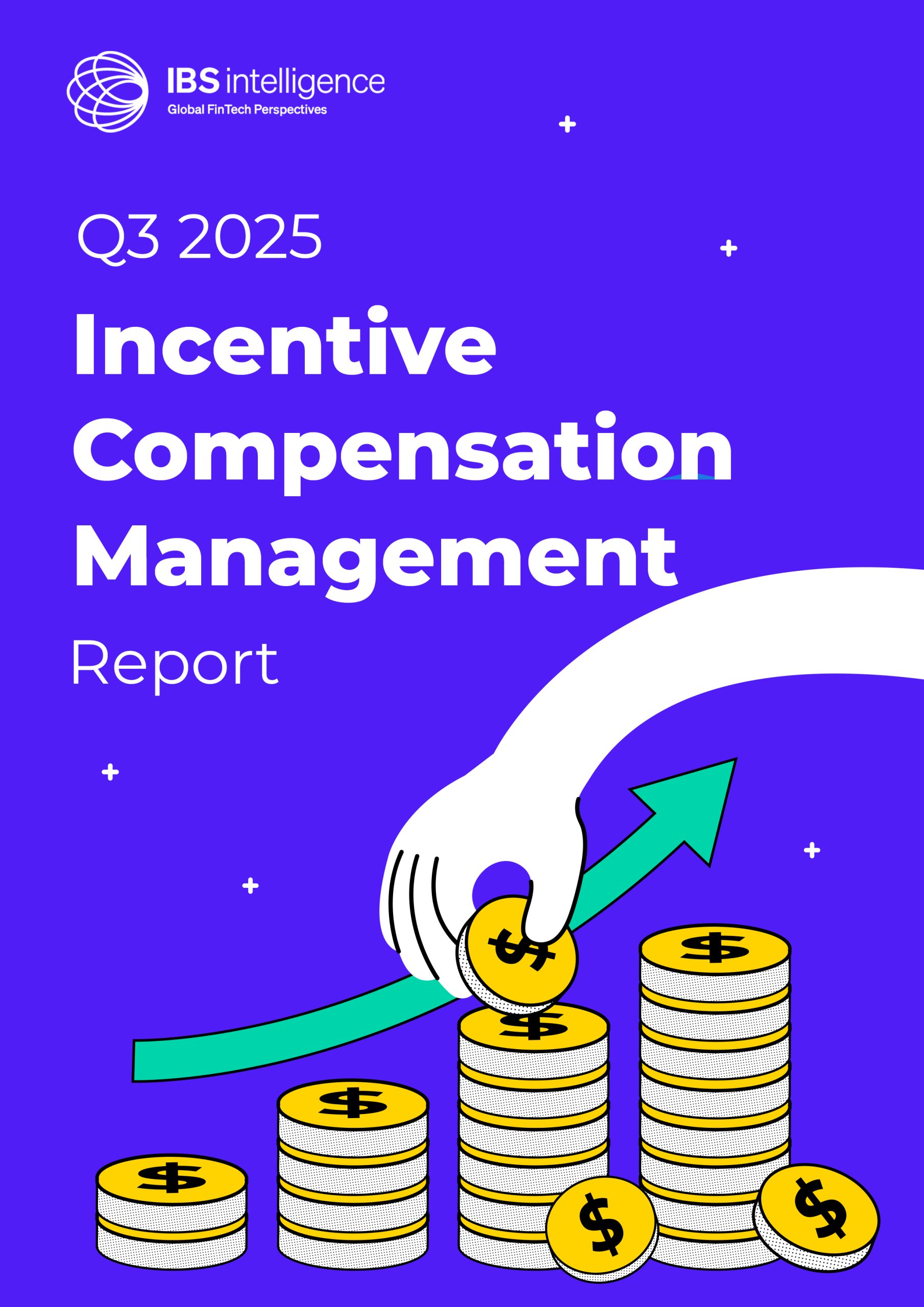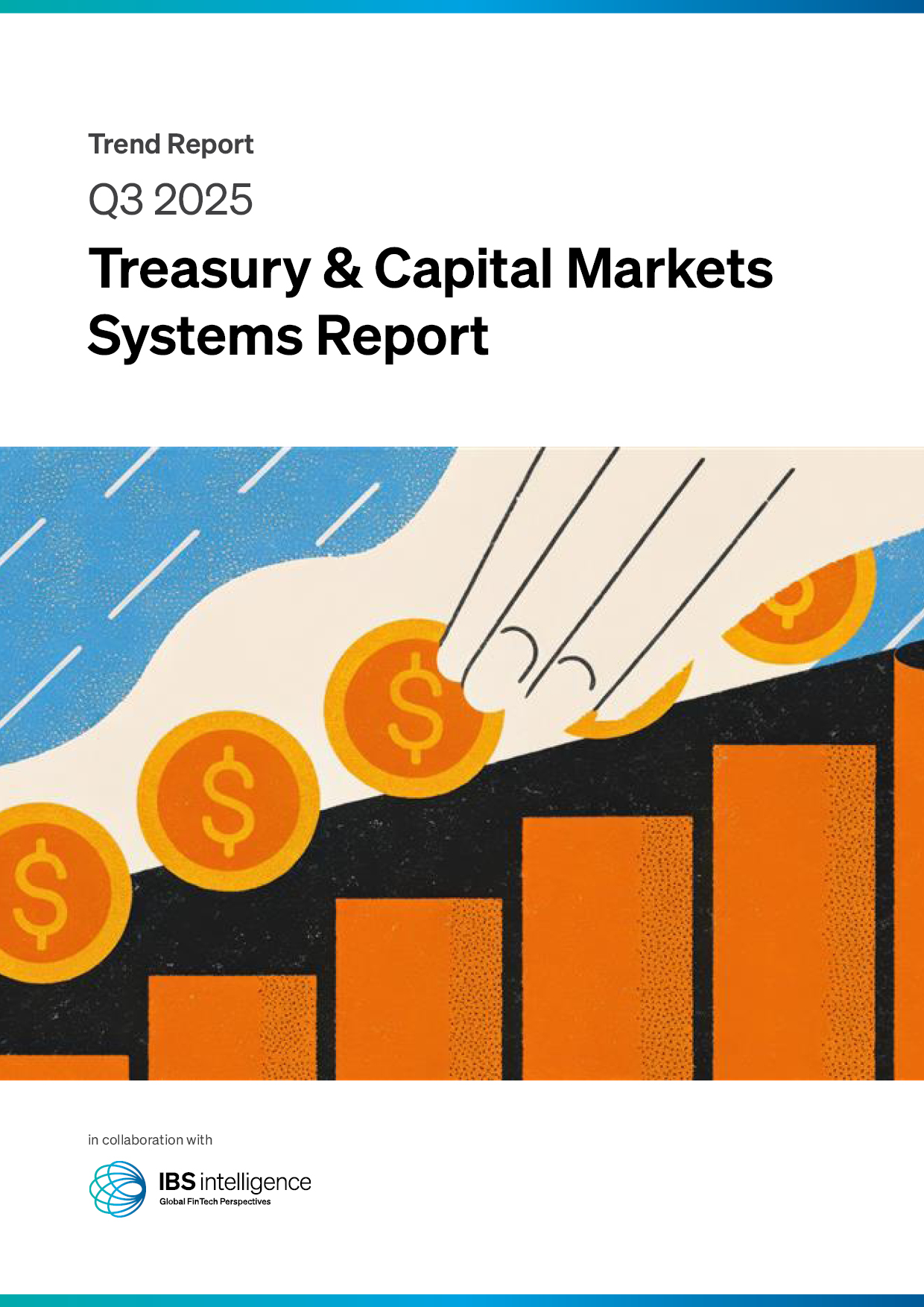 Back
Back
Can Latin America really deliver on cross-border payments?
By Puja Sharma

 Latin America’s payments landscape is at a crossroads. On one hand, the region is buzzing with innovation, with digital wallets, instant payments, and FinTech adoption reshaping how consumers and businesses transact. On the other hand, the dream of seamless cross-border payments across the continent remains more complicated than it looks on paper.
Latin America’s payments landscape is at a crossroads. On one hand, the region is buzzing with innovation, with digital wallets, instant payments, and FinTech adoption reshaping how consumers and businesses transact. On the other hand, the dream of seamless cross-border payments across the continent remains more complicated than it looks on paper.
The appeal of regional integration is obvious. Latin America is home to more than 650 million people and a fast-digitising consumer base, presenting a huge opportunity for cross-border trade, eCommerce, and remittances. In theory, a unified payments infrastructure could unlock faster, cheaper, and more efficient money flows across borders, giving businesses access to new markets and consumers access to better services. But the road to integration is riddled with practical and regulatory hurdles.
“Every market has its own legal frameworks, licensing models, and regulatory expectations, making a truly unified approach incredibly complex,” said Tristán Torres Velat, Chief Commercial Officer at PayRetailers. “While the idea of seamless cross-border payments is appealing, the execution still depends on deep local expertise.”
This tension between regional ambition and local reality is particularly stark in Latin America, where diverse economies, from Brazil and Mexico to Colombia, Chile, and Argentina, are governed by different monetary policies, capital controls, and regulatory regimes. Unlike the European Union, which created SEPA (Single Euro Payments Area) to unify cross-border payments under one framework, Latin America lacks a similar supranational authority to drive harmonisation.
Instead, what exists today is a patchwork of domestic payment ecosystems. Brazil’s PIX, Mexico’s SPEI, and Chile’s Transbank have each achieved remarkable success at the national level, but they remain siloed. For businesses looking to expand across borders, this means navigating a thicket of local regulations, acquiring licenses country by country, and tailoring products to each market’s unique infrastructure.
For FinTechs and payment providers, the lesson is clear: localisation comes first, integration second. “FinTechs that succeed aren’t skipping over borders, they’re embedding in each market: securing licences, adapting to local rules, and building payment flows that actually work on the ground,” Torres Velat noted.
This reality doesn’t mean cross-border ambitions are on hold, it just means they require a different playbook. Instead of waiting for regulatory harmonisation that may be years away, payment providers are focusing on building regional networks that connect national systems through APIs, partnerships, and correspondent relationships. The emphasis is on interoperability at the technical and commercial level, while working within the constraints of fragmented regulation.
There are signs of progress. Multilateral initiatives such as the Latin American Payments Council and efforts from central banks to explore cross-border linkages suggest that momentum is building. The rising demand for eCommerce and remittances, particularly in the wake of the pandemic, is also putting pressure on regulators to consider frameworks that make money flows across borders easier.
But for now, Latin America’s payments future is shaped less by sweeping regional unions and more by those who master the complexities of local markets. As Torres Velat puts it: “Until there’s greater alignment across the region, any talk of a regional payments union is more aspirational than actionable.”
In other words, Latin America’s cross-border payments story isn’t one of shortcuts or grand unification. It’s one of patient groundwork, where providers win not by bypassing local hurdles, but by digging into them.
IBSi FinTech Journal

- Most trusted FinTech journal since 1991
- Digital monthly issue
- 60+ pages of research, analysis, interviews, opinions, and rankings
- Global coverage







